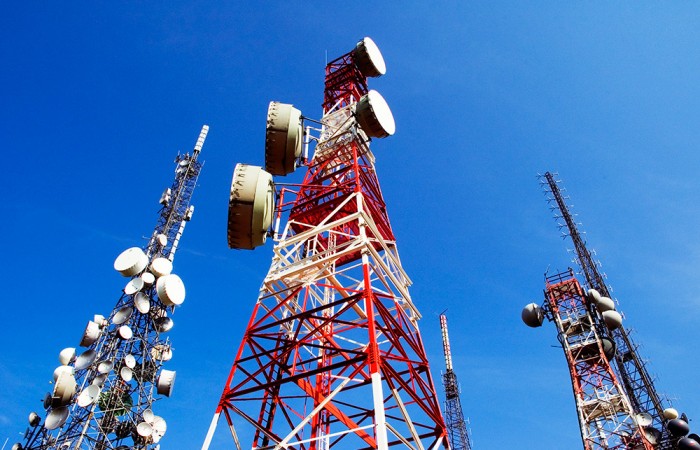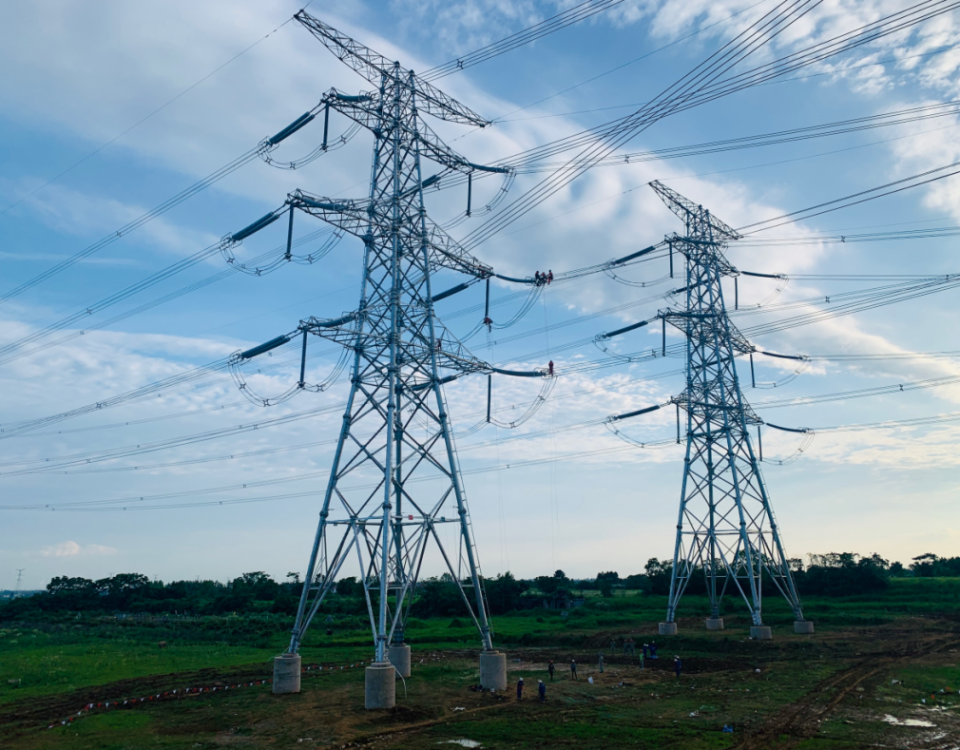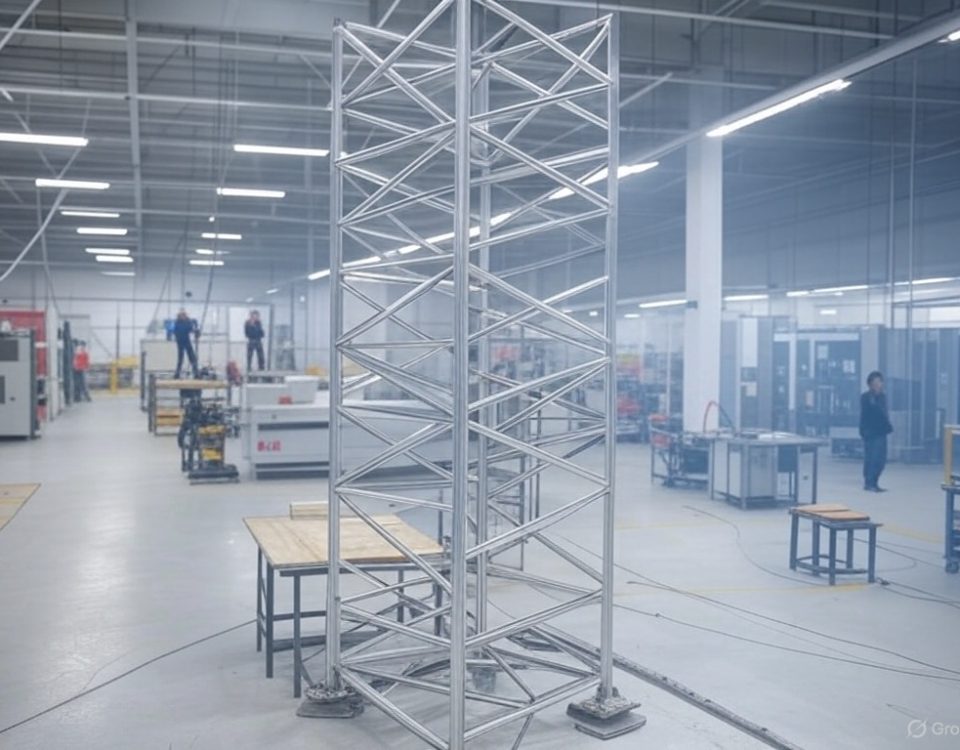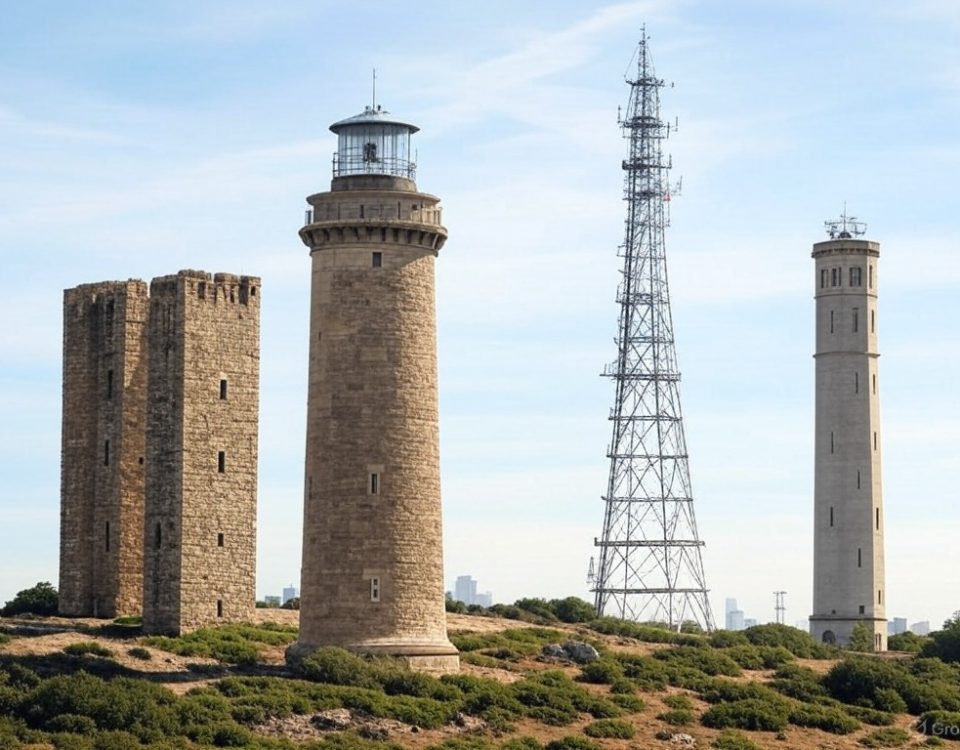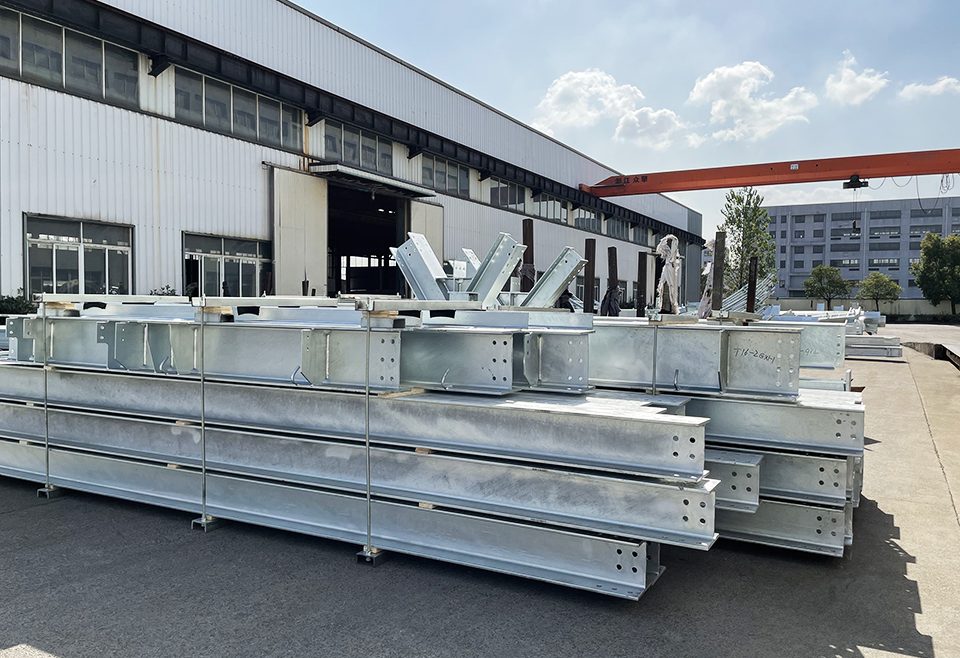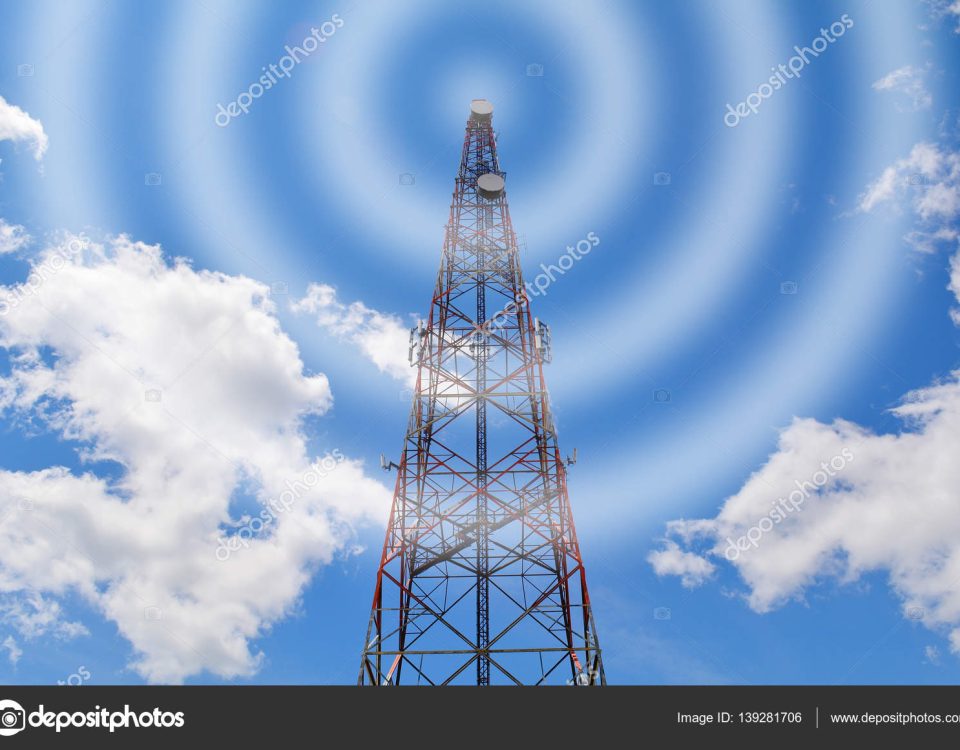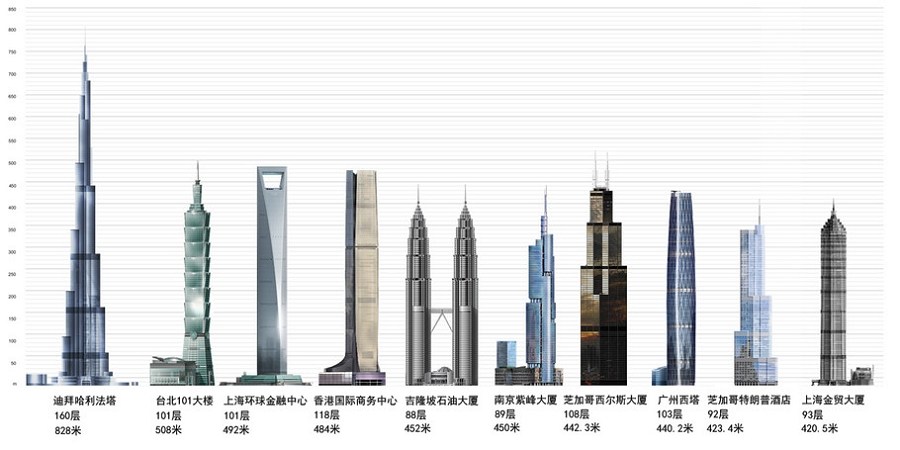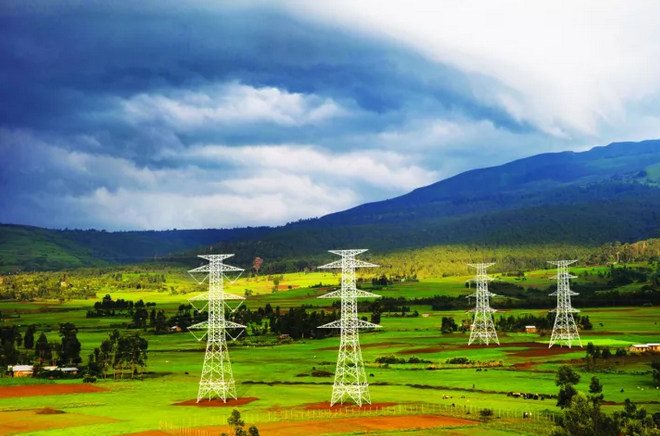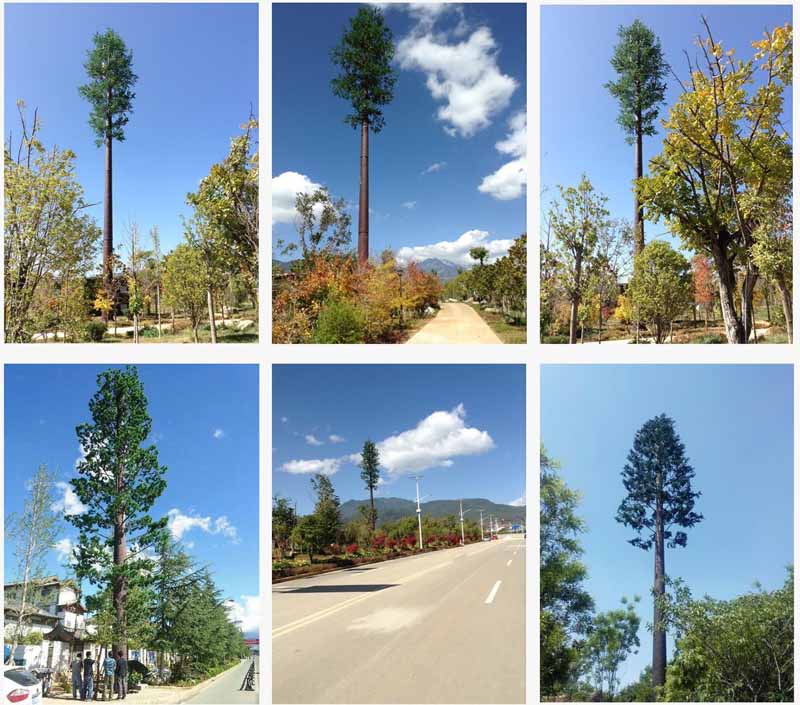
Camouflage Cell Tower , Bionic Tree Communication Steel Structural Tower
August 1, 2018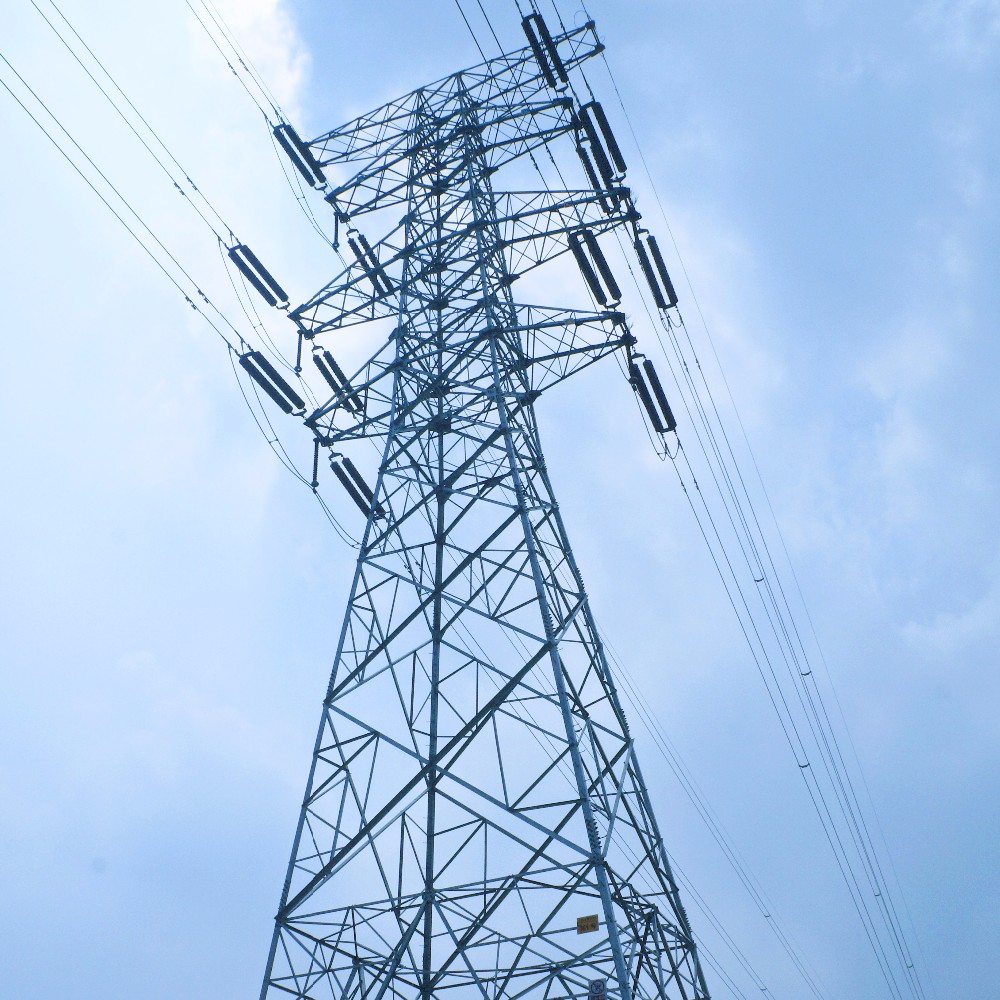
overhead double circuit 200KV transmission line tower
August 18, 2018Cellular Phone and Base Station for Communication
Base station communication towers can be divided into self-standing towers and cable towers (mast) due to different structural forms; base towers are different in location, and there are tower-type angled steel towers and steel tube towers which are usually used for ground towers and roof towers. Four-column or three-column), steel single-tube tower, cable tower (mast). The angle steel tower is the most common tower type. It is easy to manufacture and install, and it is economical and suitable. It should be the first choice for iron tower construction. The four-column (or three-column) steel tube can be made very small (about 2m) due to its root opening. It is suitable for narrow sites or close to buildings, but the cost is higher than the angle tower. The single-tube tower is mostly used in urban scenic areas or other places where aesthetics is required, because the single-tube tower feeders and personnel climbing are inconvenient. In addition, the production, transportation and installation links are expensive, and are only used in special requirements. The advantage of the cable tower is that the amount of steel used is small, but the floor space is large. Whether the economy should be considered comprehensively; in addition, the cable tower is vulnerable to external forces, and once the cable is damaged, it will cause the tower to fall; the cable tower will also swing and level due to the wind force. Twisting, base stations using microwave transmission should be used with caution.

 Cellular Phone and Base Station
Cellular Phone and Base Station
The roof tower generally adopts an angle steel tower or a raised frame (ie, a grid). The tower is provided in two cases. First, the load of the tower has been considered in the design of the tower and the embedded parts (such as the roof of the telecommunications machine room) have been set. It is to build an iron tower on the old building. In the second case, the original building should be checked, the structure should be modified, and the anchoring measures of the tower should be added. The roots of the tower are often different, the tower height is also restricted, and the roof waterproofing layer damaged by the construction must be carefully repaired. It should be extra cautious. When the antenna hanging height is not much higher than the building roof (about 10m), a simple roof heightening method can be used to cast a concrete pier as a counterweight at the beam (wall) of the building (calculating the concrete weight enough to resist the iron frame overturning force) The heightening frame is fixed on the concrete pier, so that the roof waterproof layer does not need to be damaged, and the method is low in cost and simple in construction. The roof heightening frame can also be fixed by pulling the wire, and the weight of the concrete pier is not used, but the anchoring point of the wire must be treated with caution.
Related posts
A communication tower is a type of signal transmission tower, also known as a signal transmission tower or communication iron tower. In the construction of modern communication and radio and television signal transmission towers, regardless of whether users choose ground level or rooftop iron towers, they all play a role in raising communication antennas, increasing the service radius of communication or television transmission signals, and achieving ideal specialized communication effects. In addition, the rooftop also plays a dual role in lightning protection grounding, route warning, and decoration of office buildings.
A communication tower is a type of signal transmission tower, also known as a signal transmission tower or communication iron tower. In the construction of modern communication and radio and television signal transmission towers, regardless of whether users choose ground level or rooftop iron towers, they all play a role in raising communication antennas, increasing the service radius of communication or television transmission signals, and achieving ideal specialized communication effects. In addition, the rooftop also plays a dual role in lightning protection grounding, route warning, and decoration of office buildings.

